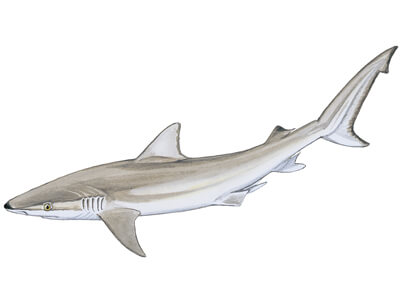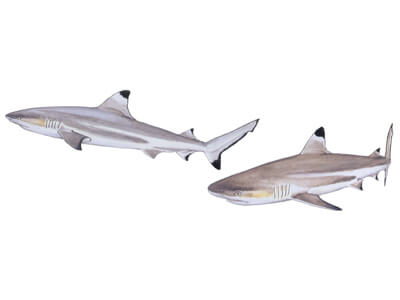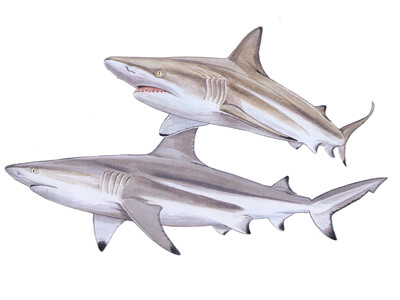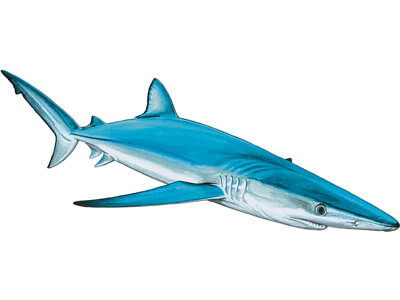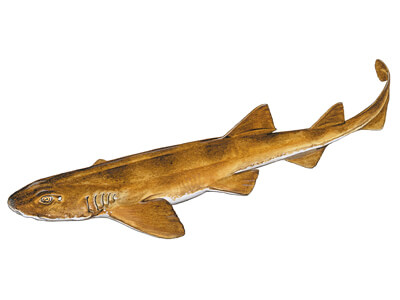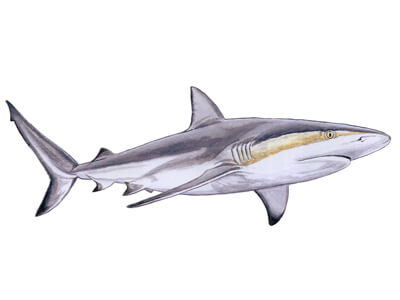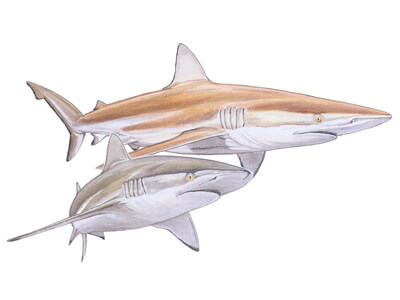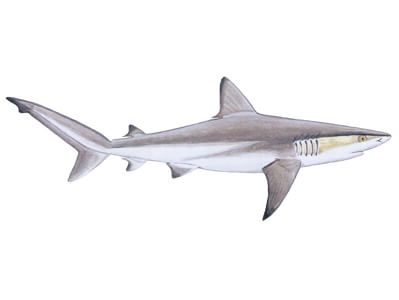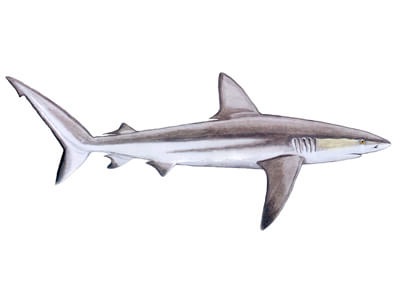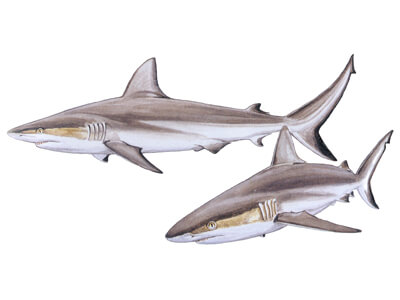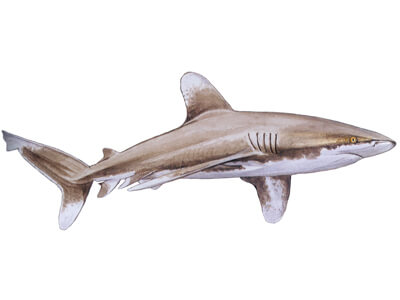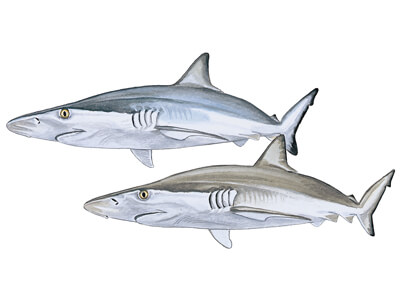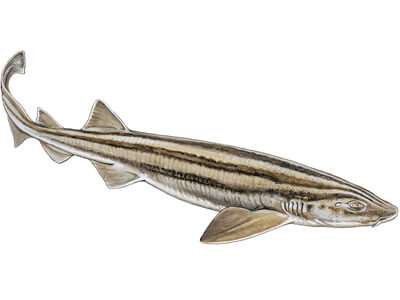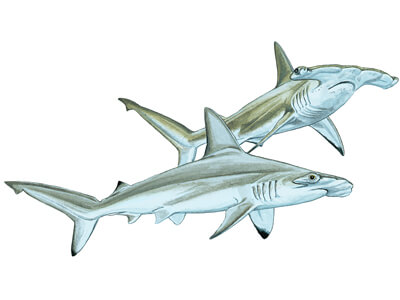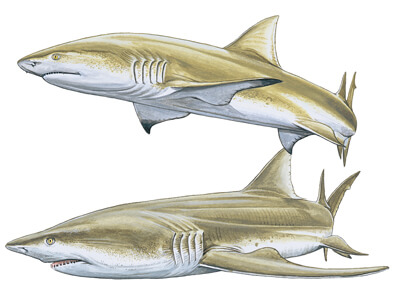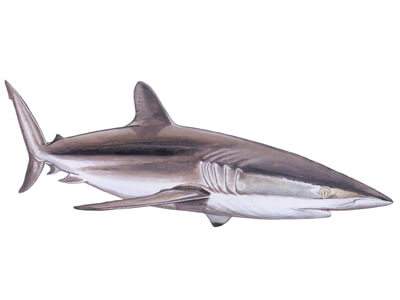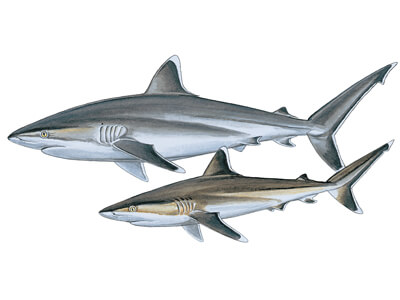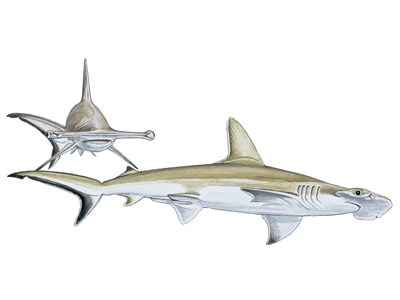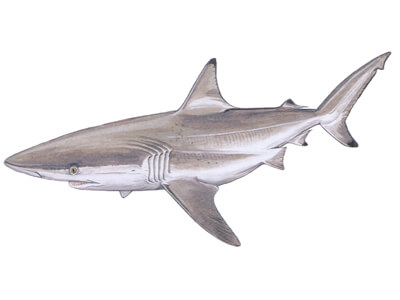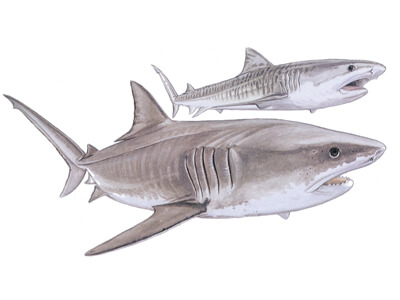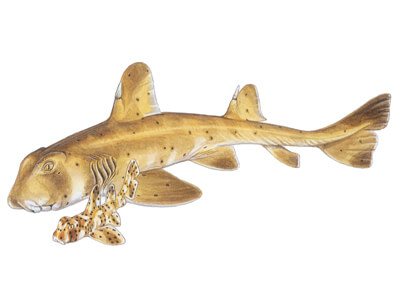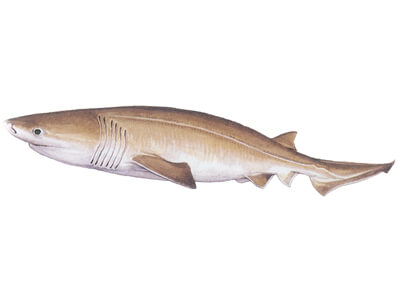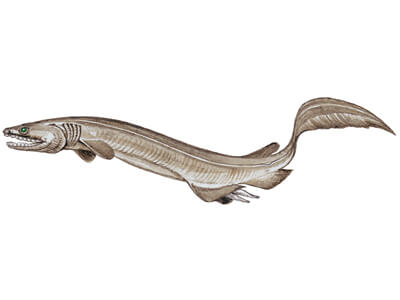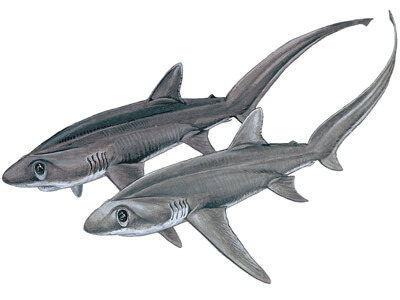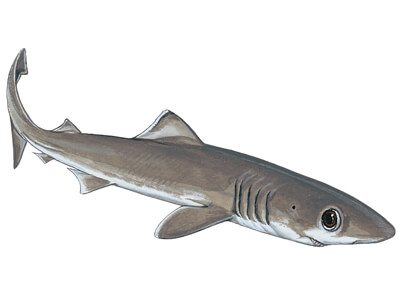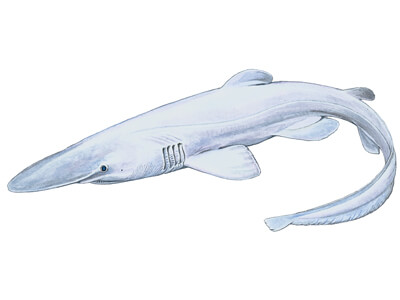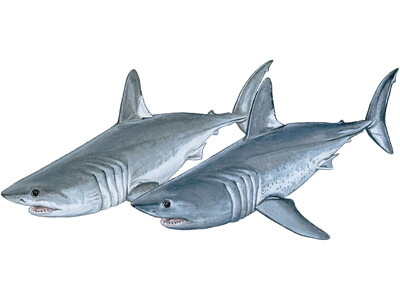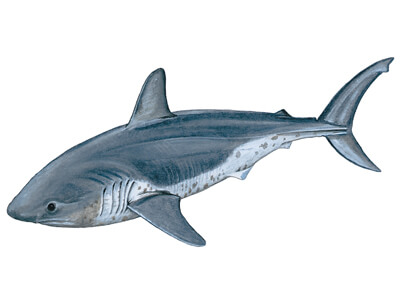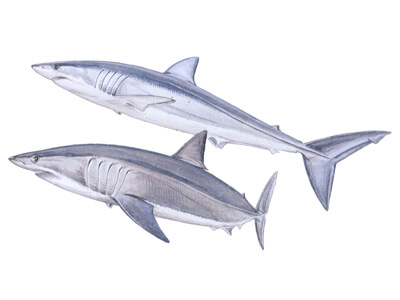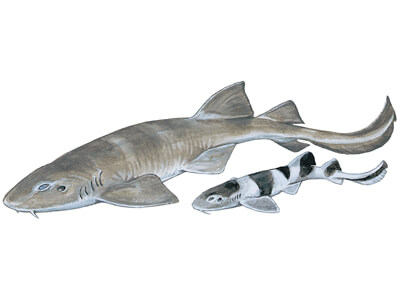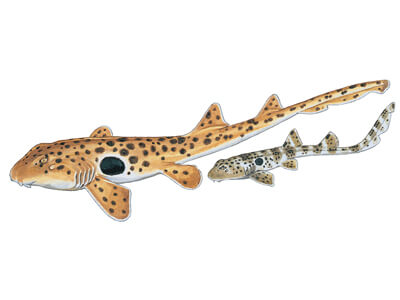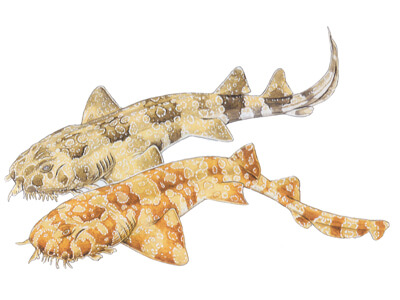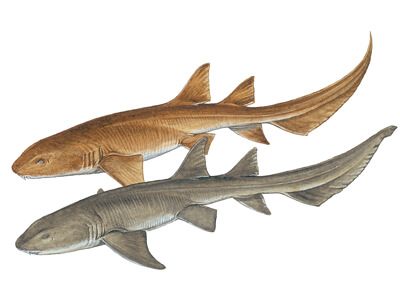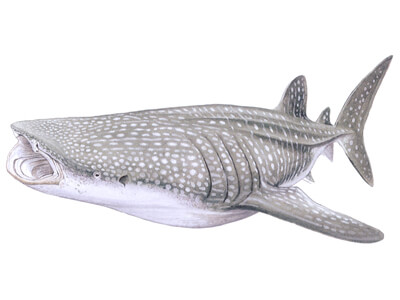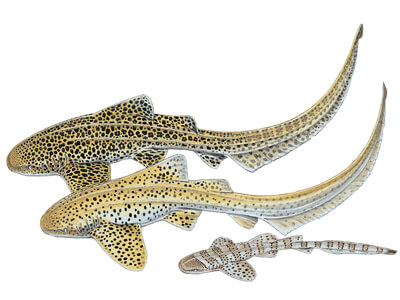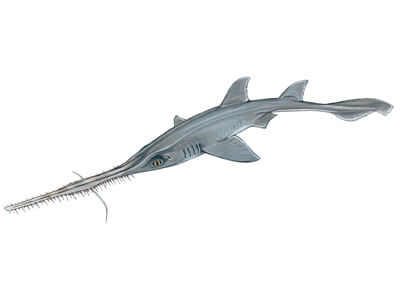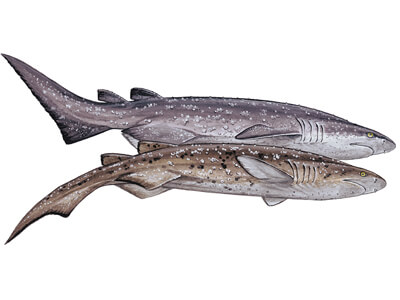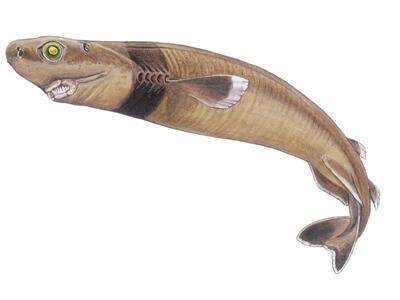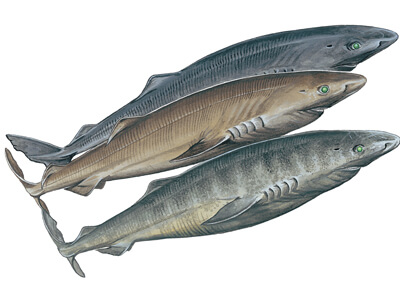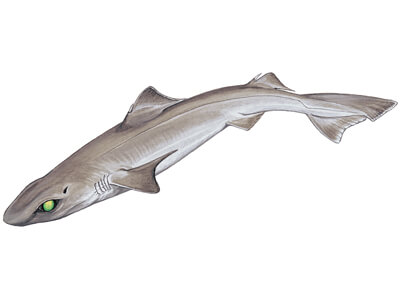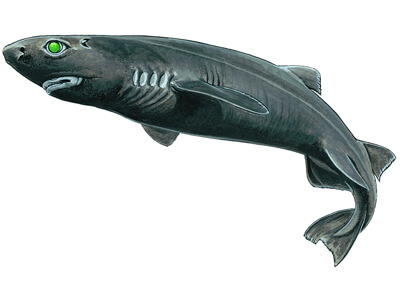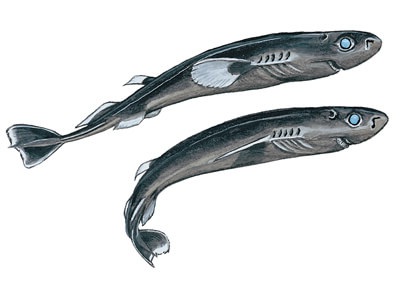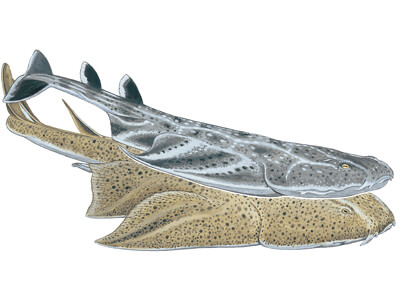We Know Sharks
LEARN ABOUT SOME OF THE 400+ SPECIES OF SHARKS.
All organisms have scientific names, a name that is unique for each species. Every species has two Latin names which allow people to be certain they are talking about the same creature no matter what language they speak.
For example, the scientific classification of the shortfin mako shark goes like this:
Kingdom: Animalia (all animals)
Phylum: Chordata (all chordates)
Class: Chondrichthyes (cartilaginous fish)
Order: Lamniformes (mackerel sharks)
Family: Lamnidae (mackerel sharks)
Genus: Isurus
Species: oxyrinchus
Every shark belongs to the classification Chondrichthyes which identifies them as cartilaginous fish, fish whose internal skeletons are comprised of flexible cartilage rather than bone.
Chondrichthyes consists of two groups, Holocephali and Elasmobranchii, and within Elasmobranchii are eight (8) orders of sharks. Each order tells us about the biology, physical characteristics and behavior of sharks in that order. Provided here are a number of sharks within each of the eight (8) orders.
To further your learning about these truly amazing animals, we highly recommend Sharks of the world. An annotated and illustrated catalogue of shark species known to date. by Leonard J.V. Compagno, Ph.D., the world’s foremost expert on sharks and Director of our Board of Trustees.
CARCHARHINIFORMES
Also known as “ground sharks,” carcharhiniformes is largest order of sharks. Their characteristics include five (5) gill slits, moveable eyelids which protect their eyes from injury, two (2) spineless dorsal fins, an anal fin, and a wide mouth filled with sharp teeth located behind the eyes.
HETERODONTIFORMES
This is a small order of sharks with only nine (9) known species. They have five (5) gill slits, a dorsal fin with a strong spine and both sharp and flat rounded teeth in their mouth.
HEXANCHIFORMES
Considered the most primitive order of sharks alive today, these sharks have six (6) or seven (7) gill slits, a single dorsal fin, an anal fin and thorny teeth. Most live in cold, deep water.
LAMNIFORMES
These sharks have five (5) gill slits, a large mouth with several rows of sharp teeth, two (2) dorsal fins, an anal fin, and are able to maintain a higher body temperature than the water in which they are swimming.
ORECTOLOBIFORMES
Among the most diverse order of sharks, these sharks have five (5) gill slits, two (2) spineless dorsal fins, an anal fin, and spiracles near their eyes. Most have a patterned skin, and some have barbels on their chins.
PRISTIOPHORIFORMES
Also known as sawsharks, these sharks have long saw-like snouts. These sharks have five (5) or six (6) gill slits, two (2) dorsal fins, no anal fin, wide pectoral fins and transverse teeth. Most sharks in this order live tropical coastal waters.
SQUALIFORMES
With an estimated 126 different species, this order of sharks is found in nearly every marine habitat. These sharks have long snouts with a short mouth, five (5) gill slits, two (2) dorsal fins and lack an anal fin. Some deepwater Squaliformes are bioluminescent.
SQUATINIFORMES
Sharks in this order have flattened bodies, a mouth with dermal flaps in front of a short snout, nasal barbels, eyes and spiracle on the top of their head, and lack an anal fin.


